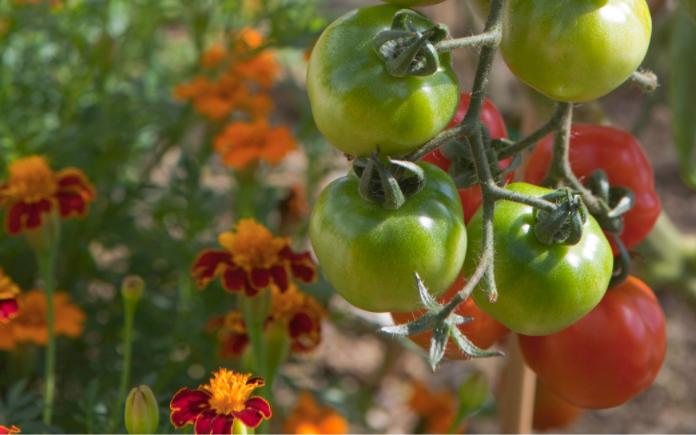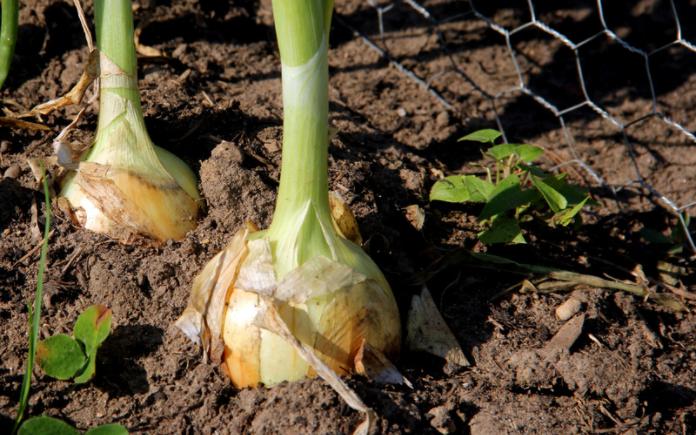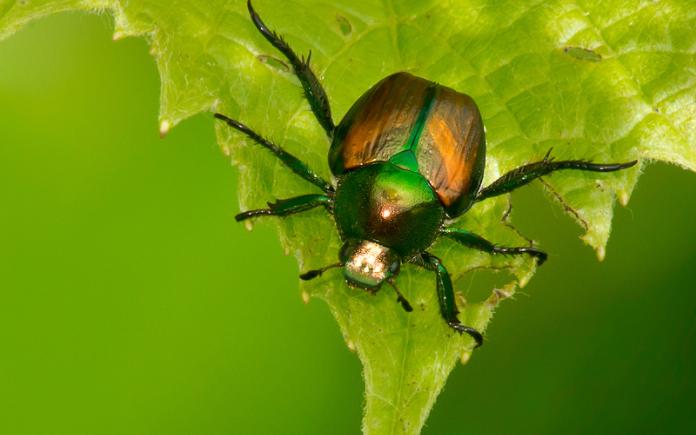[ad_1]
Some plants improve superior together.
Companion planting is an historic apply in which two unique vegetation, normally vegetables, are planted with each other to profit one or equally of them. Due to the fact of that, this straightforward gardening procedure will have you experiencing a harvest you’ve only ever dreamed of.
1 of the ideal examples of companion planting is the Three Sisters method, according to the Learn Gardners of San Diego County. Generations back, early American colonists observed Indigenous People in america planting corn, pole beans and squash in the exact same plot. Contrarily, Europeans would typically plant these 3 vegetation in individual beds. Planting the 3 with each other not only conserved garden area but also benefited just one another:
- Corn provided support for the bean vines as they grew.
- Beans, which have symbiotic bacteria on their roots, are “nitrogen fixers” and added this essential macronutrient back into the soil for the profit of other vegetation, specifically the corn.
- The squash leaves delivered shade and increased soil moisture retention though discouraging pests with their prickly leaves.
This biodiversity can help each individual crop grow to its comprehensive opportunity. If you’re hunting to obtain your plant a companion, really do not stress — you are not restricted to these three sisters.
Selecting which vegetation go alongside one another is no sweat at all. All it requires is a minor research! Refer to this helpful companion planting chart for an in-depth appear at all the crops that you need to and should not plant together.

Companion Planting Do’s
The most developed crops — tomatoes, corn, beans and squash — go fantastic together.
Planting marigolds and tomatoes in close proximity assists repel predatory bugs that like having tomatoes and spreading blight.
Squash and corn go terrific alongside one another simply because corn delivers some necessary afternoon shade to the growing squash.
Beans and corn also make a great pair due to the fact the corn acts as a natural trellis for the beans — offering them a structured location to increase upward and climb!

Companion Planting Don’ts
Even though planting specific vegetation with each other does support development, some crops are bullies in direction of other individuals — performing just like the terrible bugs, weeds and soil disease that are also attempting to hurt your crops.
For case in point, planting garlic and onions close to beans is a huge no-no. Both soak up nutrients from the soil that will stunt — and inevitably eliminate — the beans. Check out out for bullies like these!

Guidelines for Deterring Pests
Pam Zaklan, an Oregon State University Extension Services Master Gardener, offers these ideas to those people who want to maintain pests out of their companion planting yard:
- Use Four O’clock bouquets to attract Japanese beetles out of roses.
- Plant mustard to prevent cabbage worms and harlequin bugs from cabbages, broccoli, cauliflower, Brussels sprouts.
- Garlic deters rabbits as very well as tree borers, aphids, cabbage looper, codling moths, Japanese beetles, snails, carrot root flies, ants and cabbage maggots. What’s far more, it is especially beneficial when planted near, roses, cucumbers, peas, lettuce or celery.
- Plant spearmint and peppermint to entice bees and repel black flea beetles, ants, mosquitoes, white cabbage butterflies, aphids, and cabbage maggots. Do not plant mint in the vicinity of parsley. Plant mints in containers as they can effortlessly get out of handle.
- For squash bugs, plant mint, chives, garlic, onion, tansy, radishes, nasturtiums, marigolds and bee balm close to and among vines of winter and summertime squash.
Look at this Backyard Good video to study about companion planting and just take your very first ways into a broader environment of gardening.
The much more you tumble in adore with acquiring a good backyard, the far more you know how a lot you really do not know. Exmark’s Yard Clever answers the lawn-and-garden questions homeowners are searching for.
Even further Looking at
[ad_2]
Resource url
